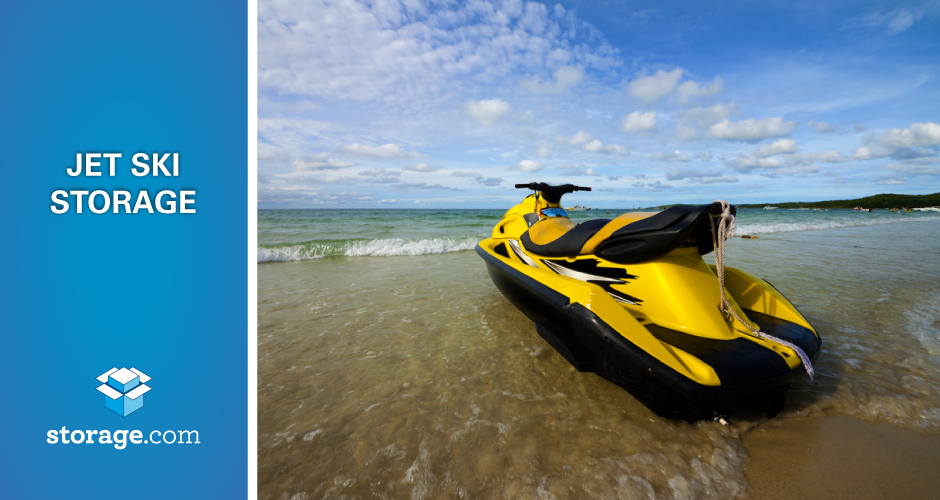Oftentimes you don’t think of storing your oven or laundry machine, but you’d be surprised just how common it is to find one in a storage facility. And maybe you find yourself in a situation where you need to store an appliance. Thankfully, self storage is here.
Whether you’re relocating to a new home that isn’t quite ready for you to move in, have a spare between you and your roommate, or maybe you just want to hold onto them until you sell or pass them on to another owner, a storage unit can be a great solution for storing your appliance.
Preparing your appliances for the storage unit
This first thing you need to do is prepare your dishwasher or refrigerator or other appliance, and you can start with a good cleaning. Make sure you give attention to any air intake area, such as a lint filter on a dryer.
When cleaning things such as a refrigerator, take time to clean the interior and wipe it dry, make sure to drain water from the holding tank and clean any defrost pans. And while we’re on the topic of water, now’s a good time to remove any of it from any hoses or parts of a washing machine, dishwasher, and even a dryer. Lastly, spray appliances for bugs and wait for it to dry before moving.
Always take caution when moving heavier appliances by using a dolly or handcart and be sure to keep refrigerators upright to prevent any damage to the refrigeration unit. Use strong tape or straps to keep any doors from falling open while relocation, and you should use moving blankets to protect any glass surfaces or windows from any bumps while it’s moving. It’s also recommended you load these heavier items last on your truck, so they can be the first to be removed.
Storage features needed for appliances
Preparing your items for storage is only half the equation, next you need to make sure your storage unit is right for storing your appliances. For example, you may want to start with finding a storage unit with drive up access. This feature allows you to pull your trailer directly up to your unit, making for easy drop off and pick up with heavier items.
Another important feature to consider is security. Appliances can be expensive, so protect your belongings with features such as electronic gate access, which requires a keycode to enter the facility, as well as onsite management and video surveillance.
Lastly, if you live in an area with extreme seasonal weather—whether frigid winters or hot, humid summers—protect your appliances with climate control. Weather fluctuations can cause problems such as cracking in tubing, rust on metal components, and even short out electronics. Using a climate controlled storage unit, you can preserve your appliances in a moderate temperature and humidity level, making them work-ready once you remove them from storage.
Placing your appliances in self storage
Once you’re ready to place your appliances into storage, having prepared them and found the perfect storage unit, carefully place your washer, dryer, or refrigerator inside the unit. Keep in mind, it cannot be plugged in if you do not have access to electrical outlets, so don’t plan to store anything cold inside the fridge.
Remove any tap or strapping on the doors, allowing them to be open and “air out” while in storage, preventing any mildew from forming. Lastly, it’s recommended you cover your appliances in a sheet or tarp to reduce dust and protect from any bumps and scrapes.
Appliances can be expensive, and oftentimes worth holding on to if you don’t have an immediate need. Thankfully, with the right steps and self storage features, holding on to your washer, dryer, fridge, or oven can be easy!





